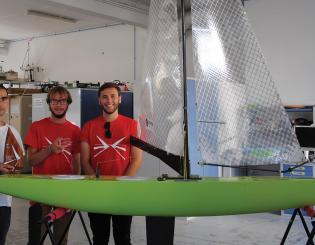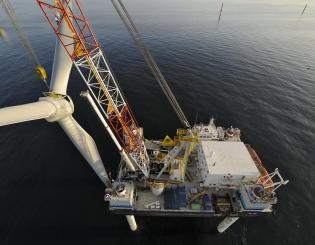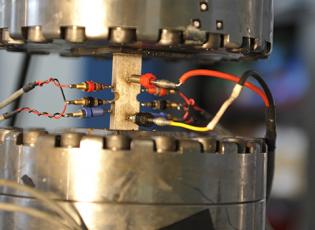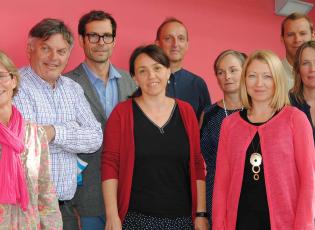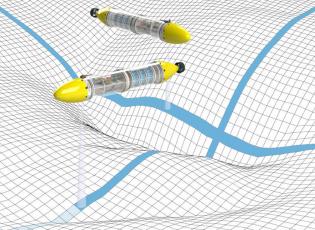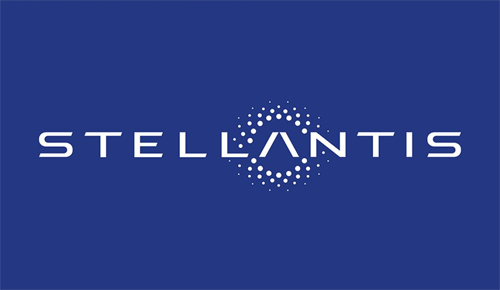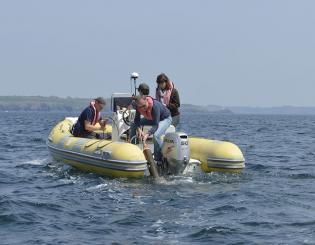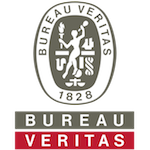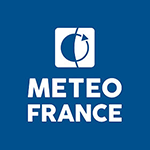
ENSTA Bretagne's PhD Programs
This research usually takes place at one of the school’s research laboratories, or may be partly carried out at a private firm within the CIFRE framework (Conventions Industrielles de Formation par la Recherche). One or more thesis advisors supervise doctoral students' work, generally over a 3-year period. PhD students are enrolled in a doctoral school (école doctorale) which accompanies them throughout their education and research.
The PhD is a globally recognized university degree.
Hosting more than 100 PhD students in its labs, ENSTA Bretagne has been accredited to award PhDs since 2017.

Ecole Doctorale SPIN: Engineering Sciences & IT
ENSTA Bretagne is enrolling its PhD students from IRDL (Dupuy de Lôme Research Institute) and Lab-STICC in a wide variety of majors at the Digital and Engineering Sciences Doctoral School, including:
- Electronics
- Industrial engineering, CIM, automation and robotics
- Computer science
- Fluid Mechanics
- Mechanics of Solids, Materials, Structures and Surfaces
- Sound waves, electromagnetism and materials
- Physics
- Materials science
- Signaling, Imaging, Vision
- Telecommunications
ENSTA Bretagne's FoAP PhD students working in Human Science are enrolled in ED Abbé Grégoire at CNAM Paris.
contact
contact
contact
Research in Human and Social Sciences: FoAp scientific project
ENSTA Bretagne’s academic staff members working in this laboratory have backgrounds in education science, sociology and management science. Within the FPI (Formation et professionnalisation des ingénieurs) team, they focus on how engineering careers and education systems are evolving.
Within the engineering school context, they develop projects that combine scientific input from academic fields with knowledge of professional working environments.
Exploring engineering training and careers
Studies carried out at the lab aim to explore the relationship between social and technical spheres through the lenses of identity, knowledge bases, organization patterns and the learning process. They integrate sociocultural dynamics from micro level (an individual dealing with a technical system) to macro level (the global evolution of engineering education systems).
Areas of expertise
• Analysis of engineering school and higher education curricula
• Identity-building and career paths for engineers
• Innovative processes and training engineers in responsible innovation
• Socio-technical approaches to engineering
Team highlights
- Team created in 2002
- Team associated with the CRF in 2015
- The Research Center on Professional Training and Adult Learning was created on January 1, 2019.
- Completed projects :
- Craken (managerial activity modeling to develop a serious game, 2011–2014),
- A study of the career paths of North African engineers trained in France, PHC Tassili program, 2011–2014,
- Innov’Ing 2020 (innovation training for future engineers: new careers, new training programs, ANR, 2014–2016)
- A-STEP 2030 (ERASMUS+): Attracting diverSe Talent to the Engineering Professions of 2030
- RIIME (PHC): engineering education in the Maghreb (North Africa) in light of the environmental challenges
- Ongoing projects : Holi-D Blue and Innovation in the armed forces (Travid and ID2I projects)
Information and Communication Technology research: Lab-STICC
This lab also hosts researchers from IMT Atlantique, Université de Bretagne Occidentale (UBO), Université de Bretagne Sud (UBS), ENIB (École Nationale d'Ingénieurs de Brest) and CNRS.
Covering processes from sensor to decision and encompassing communications and knowledge, Lab-STICC is organized into 3 scientific poles and 12 teams.
ENSTA Bretagne participates in the following CACS teams:
• COM: Digital communications (underwater acoustic communications, digital communications and telecommunications, 5G)
• MOCS: Methods, tools for design of architectures and circuits (robust and reconfigurable embedded systems, formal proof of real-time critical SW/HW systems)
ENSTA Bretagne participates in the following CID teams:
- TOMS: Statistical methods, Signal processing
- PRASYS : Perception, Robotics and Autonomous Systems
- DECIDE: Data mining and decision aid
ENSTA Bretagne participates in the following MOM teams:
- PIM : EM propagation (Radar systems, New approaches of EM simulation, Application to innovative EEG)
- DIM : EM and optronics devices (Filtrering, Body Area Networks)
ENSTA Bretagne also participates in the following areas:
• ICTO: ICT and ocean
• CYRUS: Cybersecurity
• Drone systems
• AI: Artificial Intelligence
L'école contribue à l'équipe SI3 : SÉCURITÉ, INTELLIGENCE ET INTÉGRITÉ DE L’INFORMATION
Key figures
Lab-STICC/ENSTA Bretagne activities in 2017
contact
Mechanical science research with the Dupuy de Lôme Research Institute (IRDL)
With 300 members, this is the leading laboratory in the mechanical engineering field in Brittany. It is scientifically organized into 5 research hubs (RH):
- RH1 = Composites, biocomposites, nanocomposites,
- RH2 = Multi-material assemblies
- RH3 = Structures, fluids and interactions
- RH4 = Energy systems and thermal processes
- RH5 = Material behavior and durability
ENSTA Bretagne’s activities concern research hubs 2, 3 and 5 (in bold above). The industrial challenges are wide-ranging:
- reducing the environmental footprint
- adapting to changing legislation
- harnessing new, more efficient, widely available and affordable materials
- increasing in-service durability, etc.
Although the IRDL’s research activities encompass a much wider scope, it has identified three main application areas to which these activities nevertheless make a key contribution and which give it a unique standing in France:
- SEA (shipbuilding, offshore, MRE),
- TRANSPORT (automobile, aeronautics),
- DEFENSE (on sea and on land).
Receiving a very positive rating in January 2016 from the High Council for Evaluation of Research and Higher Education (HCERES), the IRDL lab was assessed for:
• its original and ambitious scientific strategy
• the right balance between upstream and applied research
• the extensive interaction with businesses
• the excellent quality of research-led teaching
The IRDL’s research can leverage a wide range of original experimental facilities. On the ENSTA Bretagne campus, this test equipment, and the technical team which prepares the tests, make up the MASMECA technology platform.
contact
contact
Advanced Modeling of Materials and Structures
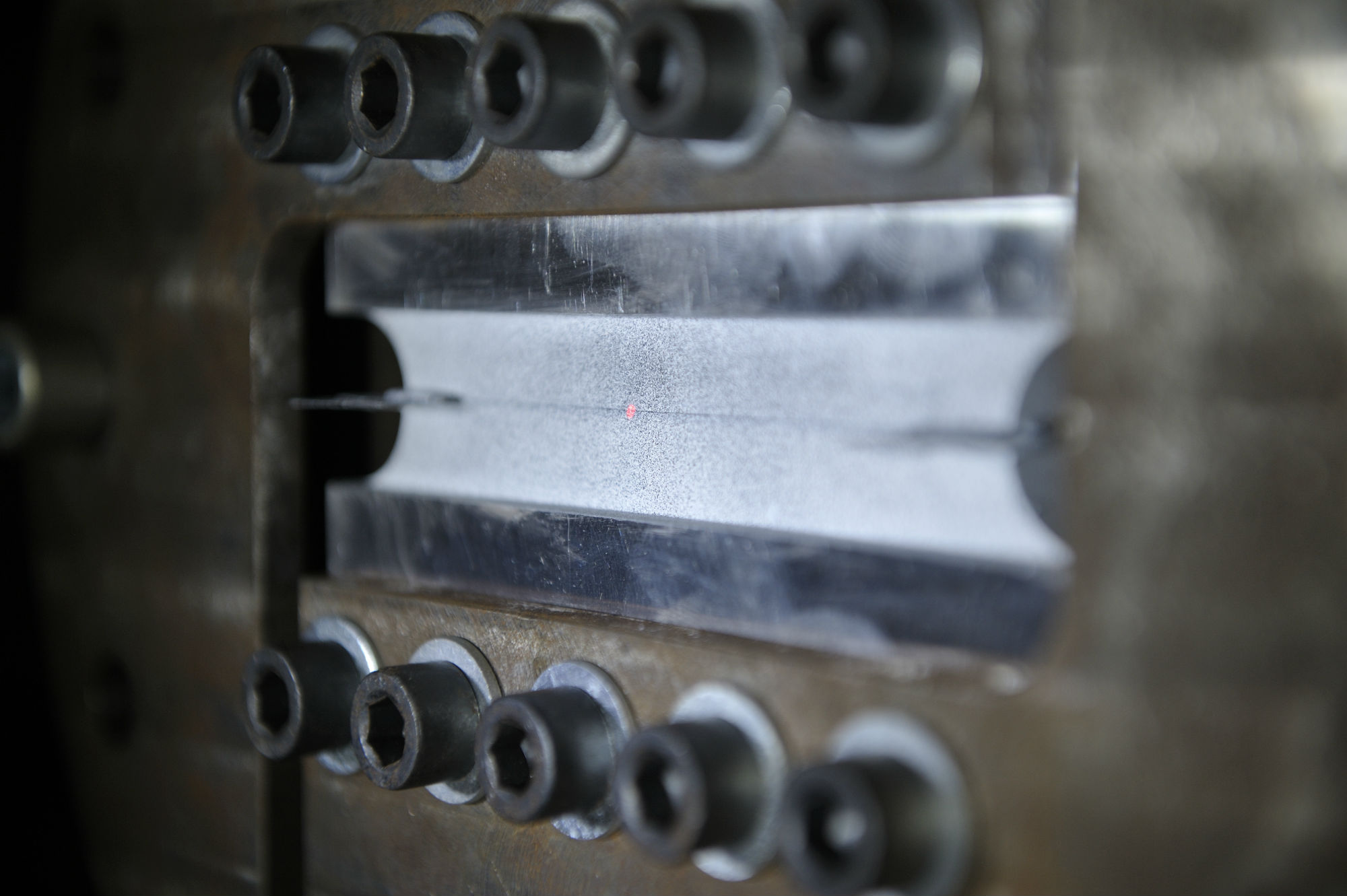
Many sectors are following the trend of using new materials.
In order to make use of composites or light alloys, it is necessary to understand both their behavior and their interaction with the structures in which they are used. This understanding is also useful to materials manufacturers and can impact manufacturing processes.
The Advanced Modeling of Materials and Structures program offers students a fascinating field of study and research drawing on the work of teams at Institut de Recherche Dupuy-de-Lôme (IRDL), whose applied research is carried out in close collaboration with large industrial firms.
Program strengths
A multiplicity of applications
Steel, composites and elastomers have diverse applications in the automotive, medical, naval, aerospace, defense, construction and clothing industries.
Gaining an understanding of their structure, behavior (especially during forming and annealing), aging process and reaction to damage is a necessary first step before their utilization.
Cutting-edge applied research
ENSTA Bretagne's Mechanical Science department research professors working in the IRDL lab have developed high-speed characterization techniques for fatigue properties in materials, assemblies and structures. These techniques have been validated by multiscale experimentation and allow manufacturing partners to predict and efficiently verify the lifespan of mechanical systems.
Continuous innovation
ENSTA Bretagne contributes to numerous innovative projects such as FASTLITE. Financed by the French Environment and Energy Management Agency's Investments for the Future program, this project focuses on the use of lighter materials in the automotive industry. ENSTA Bretagne contributed to the characterization and modeling of assembly strength.
Extensive experimental facilities
The ENSTA Bretagne campus comprises 1,200 m2 of experimental facilities where various types of materials, structures and assemblies can be characterized on a wide range of scales. The MASMECA technology platform is constantly growing.
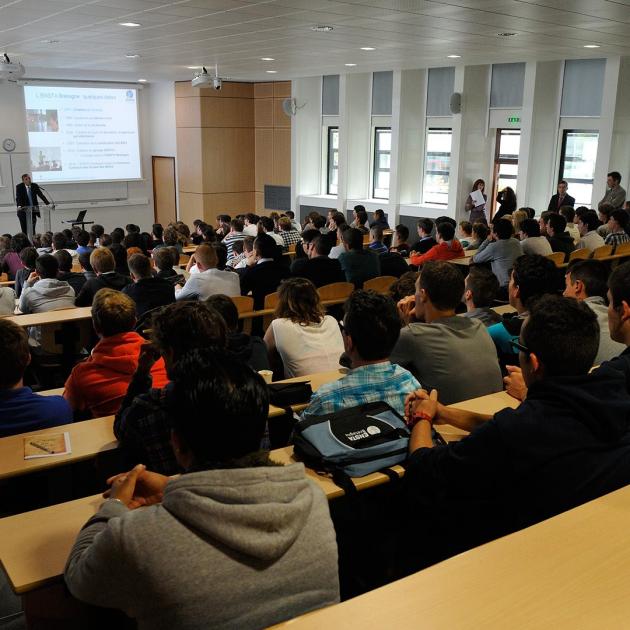
- Découvrir la spécialité "Modélisation avancée des matériaux et structures"
- Admissions :
- après CPGE (math sup/math spé) : admission sur concours Mines-Télécom. Formation en 3 ans ou 4 ans pour les IETA.
- après L3 : admission sur titre, dossier et oral. Formation en 3 ans.
- après M1 ou M2 : admission sur titre, dossier et oral. Formation en 2 ans.
Cette spécialité est offerte aux élèves Polytechniciens dans le cadre de leur 4e année.
- Découvrir ce parcours en Modélisation avancée des matériaux et structures
- Découvrir le Master international en Ingénierie automobile
- Admissions :
- admission sur dossier après L3 : Formation en 2 ans.
Le Master "Ingénierie de conception", parcours "Mécanique, matériaux et génie civil" est délivré par l’ENSTA Bretagne, l'UBO (Université de Bretagne Occidentale), l'ENIB, l’UBS (Université de Bretagne Sud) et l'INSA Rennes.
- En savoir plus sur ce master
- Inscription : UBS
- Contact ENSTA Bretagne : Sylvain Calloch
- Inscription à l’ENSTA Bretagne, rattachement à l’école doctorale SPIN et au laboratoire IRDL
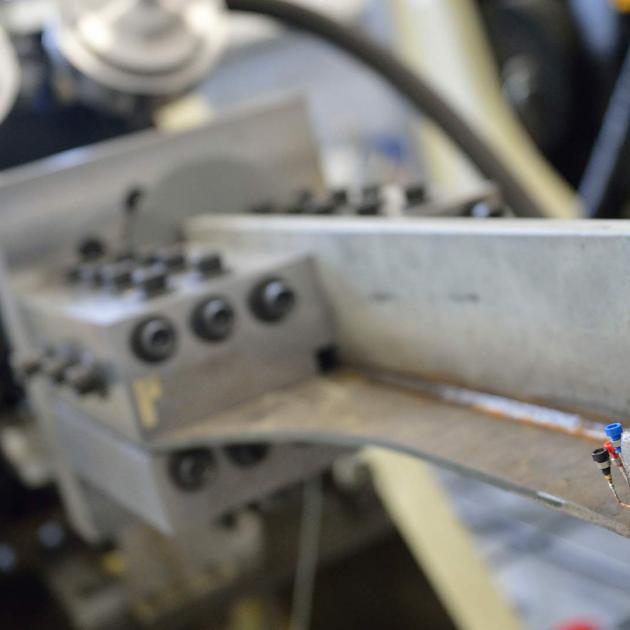
Les recherches sur les matériaux et structures sont au cœur du projet scientifique de l’IRDL, qui réunit le CNRS et les équipes de sciences mécaniques de 4 campus bretons. Des entreprises industrielles de toute la France et de nombreux domaines d’activités s’appuient sur les compétences et connaissances du laboratoire et de l’ENSTA Bretagne pour mener à bien leurs projets de R&D.
Exemples de projets de recherche :
Composée de 5 plateaux techniques, MASMECA concentre de nombreux moyens d’essais en caractérisation dynamique, thermo-mécanique et physico-chimique.
contact
contact
contact
Marine Renewable Energies (MRE)
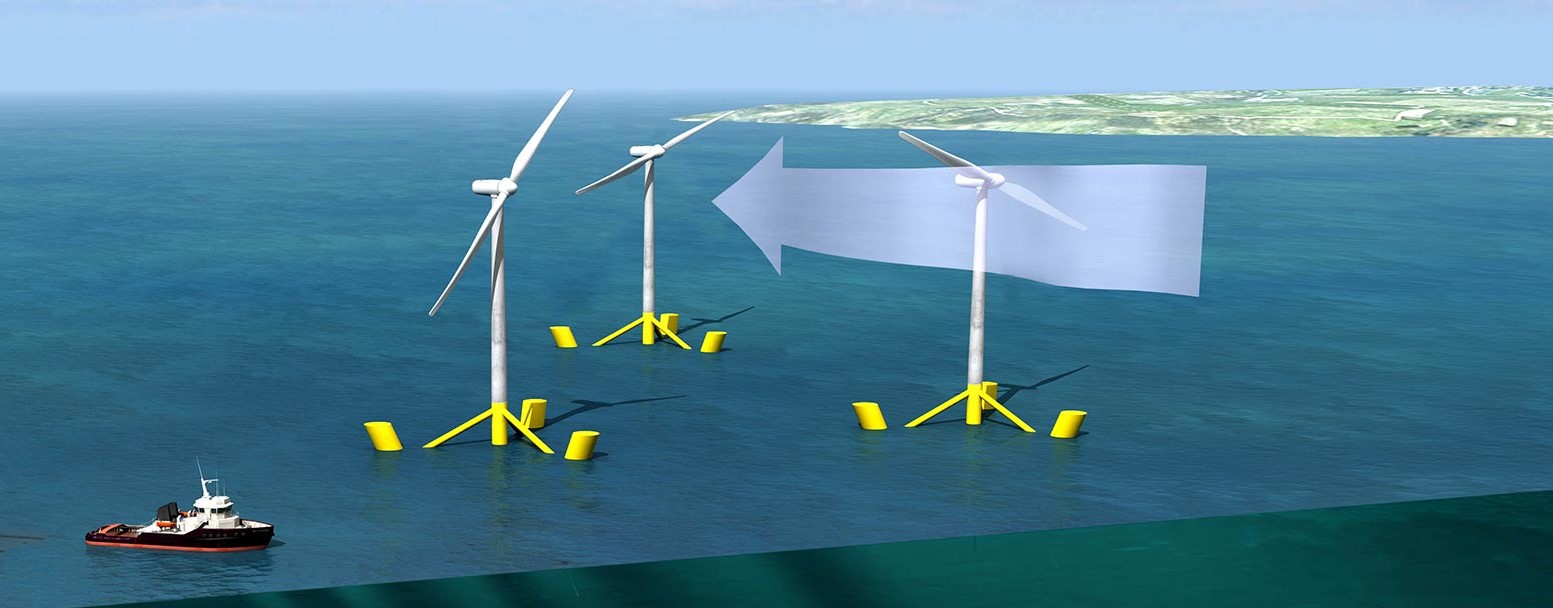
France has the second largest maritime exclusive economic zone (EEZ), behind the United States. This expanse of 11 million km² harbors an incredible potential for marine renewable energy.
Since 2011, ENSTA Bretagne and its partners have been offering a program devoted to marine renewable energies. These challenges are also at the crux of many multidisciplinary research initiatives: structure durability and stability, underwater robotics, hydrography, oceanography, etc.
Program strengths
France's only program entirely devoted to marine renewable energies
This Advanced Master runs over 2 semesters and trains engineers, future project managers or program leaders, in the development of MRE systems and production fields. This program is accredited by the French Conférence des Grandes Ecoles and certified by Pôle Mer Bretagne Atlantique. It is taught by ENSTA Bretagne, the French Naval Academy, IMT Atlantique as well as UBO (University of Brest).
ENSTA Bretagne is a board member of France Énergies Marines (the national ITE institute – Institut pour la Transition Energétique – based in Brest and devoted to the development of MRE) and is an MRE coordinator for the competitiveness cluster Pôle Mer Bretagne Atlantique.
- Advanced Master in Marine Renewable Energies
Applied research to develop MRE
Research focuses on the durability of these systems at sea in order to reduce their operating costs and on the optimization of their seabed connection.
Other research is also carried out on the composites used in MREs. The use of composites, together with a composite-to-metal bonding technique, boosts the competitiveness of the MRE sector. The challenge lies in integrating the life cycle analysis from the design phase to produce systems able to operate durably at sea, with minimal maintenance and optimized dismantling.

- Learn more about this advanced master : a 1-year program for MSc graduates (or BSc graduates with several years of professional experience)
- Admission
These "diplôme d'ingénieur" programs contribute to the development of the MRE sector:
- a 3-year program for MSc degree holders
- Enrollment in ENSTA Bretagne and affiliation with the UBL-MathSTIC doctoral school and the Joint Research Center Lab-STICC, or with the SPI (engineering sciences) doctoral school and IRDL.
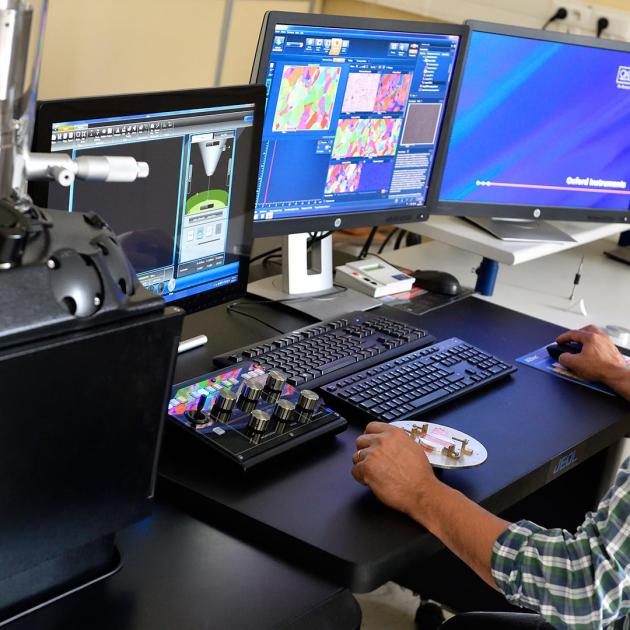
The mechanics research teams at ENSTA Bretagne form an integral component of IRDL (UMR 6027): the leading research center in marine mechanical systems based in Brittany. It brings together teams from ENSTA Bretagne, Université Bretagne Sud, ENIB, UBO and CNRS.
The sea is a hostile, complex environment about which much remains to be learned.
Numerous information and communication technology research projects have been carried out on this subject at ENSTA Bretagne on themes such as measuring and observing the marine environment using underwater drones, and analysis of sediment movement.
Research project example: The PHYSIC project (hydro-sedimentary process in interaction with extreme currents) is directly linked to the marine renewable energies sector. This project is funded by the Investments for the Future initiative (PIA)
The following are examples of theses pursued in 2017 at the IRDL lab on the ENSTA Bretagne campus:
- Modeling flow in a wave energy capture system (in partnership with GEPS Techno and Ifremer)
- Rapid characterization of the behavior of adhesives under hybrid degradation conditions (a French National Research Agency COSICO project)
- Study of the composite duct of a horizontal axis tidal turbine (financed by the Region of Brittany)






